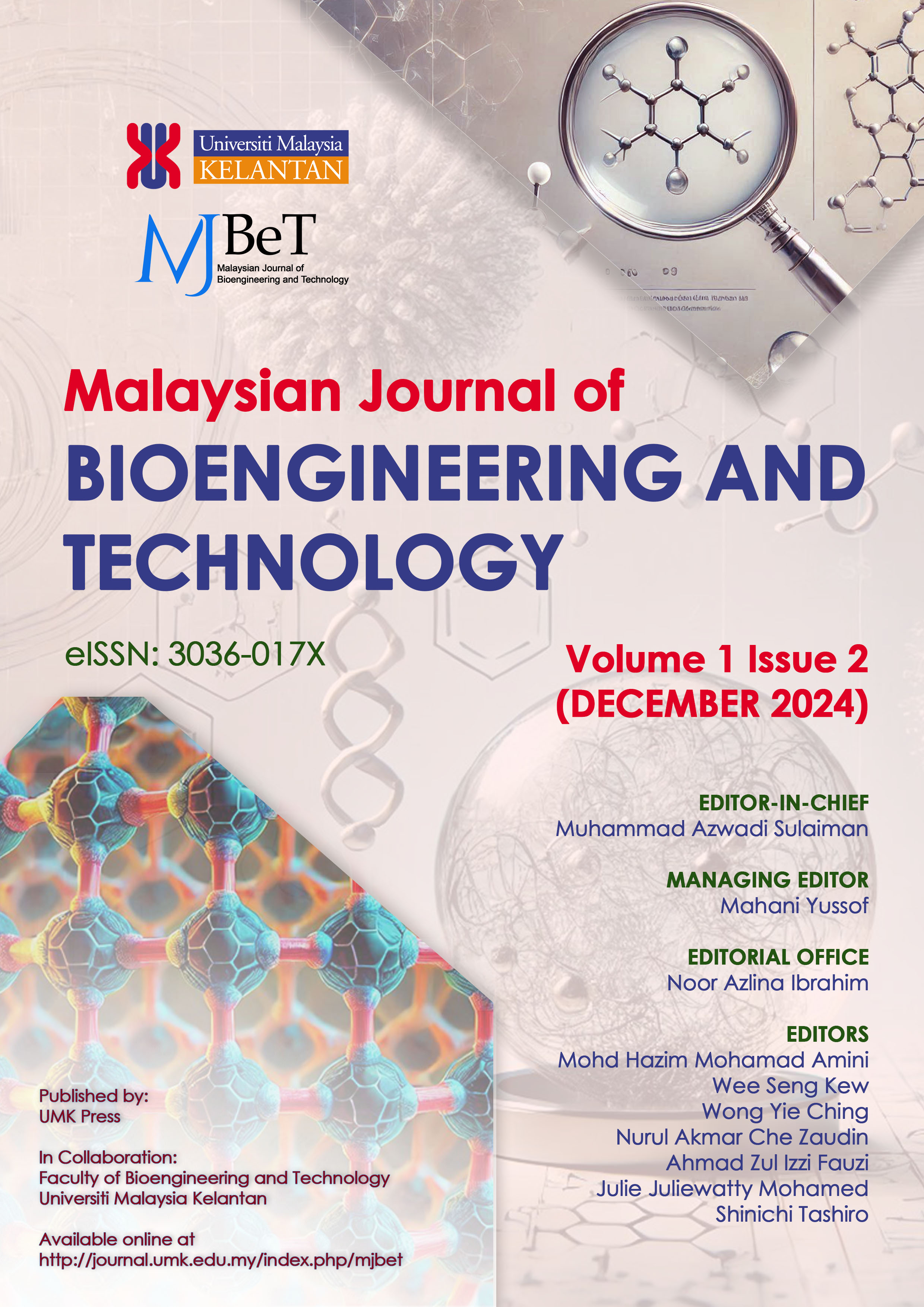Advancements and Challenges in Wire Arc Additive Manufacturing – A Review
DOI:
https://doi.org/10.70464/mjbet.v1i2.1474Keywords:
Additive manufacturing, wire arc additive manufacturing, microstructure, mechanical propertiesAbstract
Wire arc additive manufacturing (WAAM) is a groundbreaking advancement in 3D metal printing, enabling efficient and cost-effective production of large, complex components using gas tungsten arc welding (GTAW) and gas metal arc welding (GMAW). Suitable for metals like stainless steel, aluminium, and titanium alloys, WAAM involves layer-by-layer deposition of molten metal using an electric arc to melt wire feedstock. Despite its benefits, WAAM faces challenges with thermal cycles and microstructural inconsistencies, affecting component strength and ductility. Recent studies focus on microstructural analysis and mechanical properties, revealing varied microstructures due to distinct heat cycles. Research indicates consistent hardness across WAAM-fabricated components, with variations based on microstructural constituents. Optimizing the WAAM process involves understanding these characteristics and refining welding parameters. Advances in WAAM technology promise significant improvements in manufacturing efficiency, cost-effectiveness, and component quality across various industries.


